NASA's Lunar Reconnaissance Orbiter snaps a snapshot of the moment Danuri, a South Korean spacecraft operating in a nearly parallel orbit, zooms past.
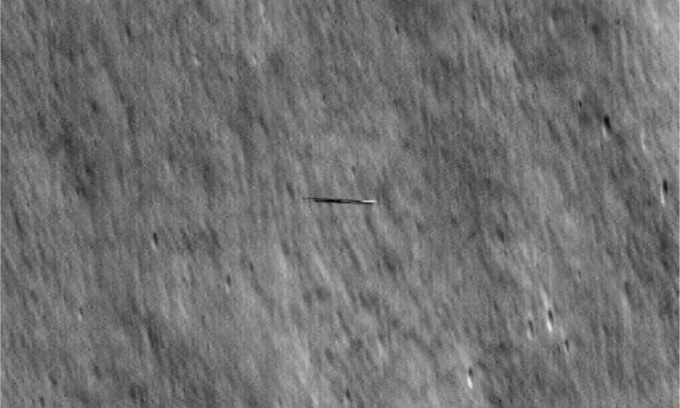
LRO points its camera down to take a picture of Danuri as it flies about 5 kilometers above. Photo: NASA/Goddard/Arizona State University
NASA released a series of images of Danuri, or KPLO, a lunar orbiter operated by the Korea Aerospace Research Institute, flying across the surface of the moon at high speed, Newsweek reported on April 9. NASA's Lunar Reconnaissance Orbiter (LRO) took these images on March 5-6, when the two spacecraft were traveling in nearly parallel but opposite orbits.
In a series of newly released black-and-white images, Danuri appears as a blurry line cutting across the lunar surface. The images were taken by the LRO operations team at the Goddard Space Flight Center using a narrow-angle camera as the spacecraft approached Danuri close enough.
Even with the camera’s very short exposure time, the image of Danuri would appear blurred to 10 times its actual size in the opposite direction due to the high relative velocity between the two spacecraft, around 11,500 km/h. This velocity required the crew to time the camera to point in the right direction at the right moment.
“To be clear, the Danuri orbiter is not some weird, pixelated mass – it’s a pretty normal-looking orbiter. However, its tremendous speed makes it look blurry on LRO’s cameras,” explains Paul Byrne, an associate professor of Earth, environmental, and planetary sciences at Washington University St. Louis.
LRO was launched by NASA's Goddard Space Flight Center in 2009 to study the Moon's surface and answer fundamental questions about its origin and evolution along with Earth. LRO's orbit is approximately 50 km above the Moon's surface.
Meanwhile, Danuri will launch from the US on a SpaceX rocket in August 2022. The spacecraft will help verify the technologies needed to reach and explore the Moon. It will measure magnetic forces on the lunar surface, assess resources, and map the terrain to help select future landing sites. Danuri will orbit the Moon with an orbital period of about two hours.
Thu Thao (According to Newsweek )
Source link






![[Photo] Closing of the 11th Conference of the 13th Central Committee of the Communist Party of Vietnam](https://vstatic.vietnam.vn/vietnam/resource/IMAGE/2025/4/12/114b57fe6e9b4814a5ddfacf6dfe5b7f)

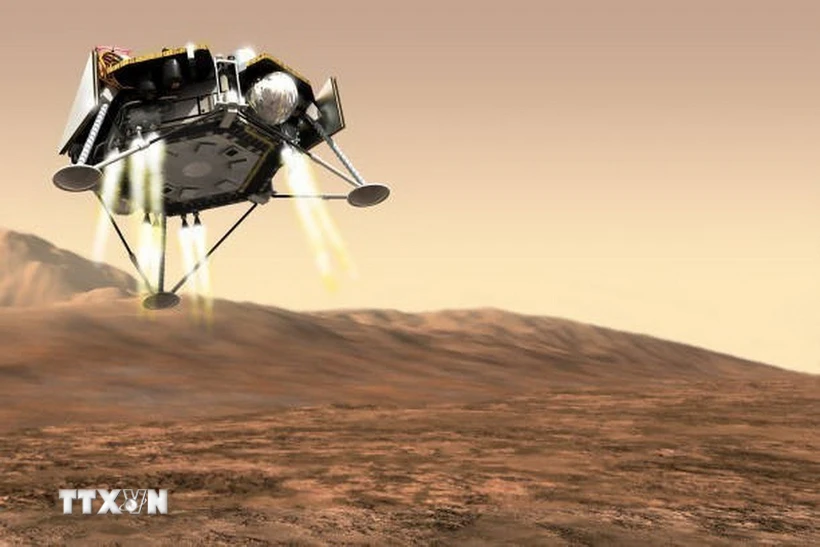

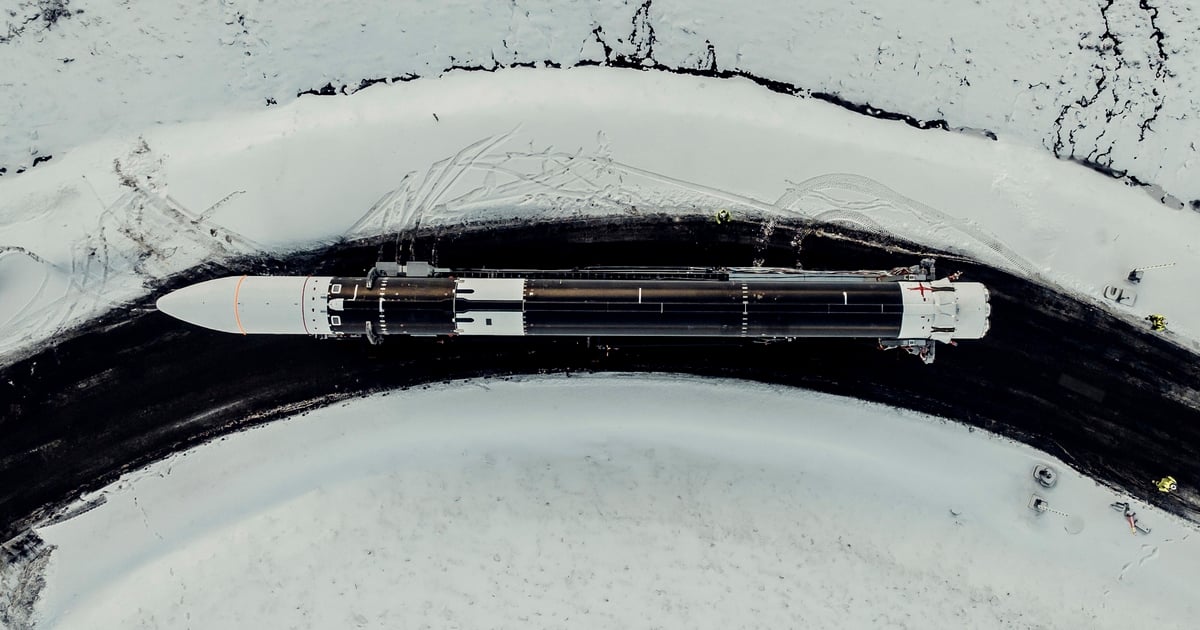

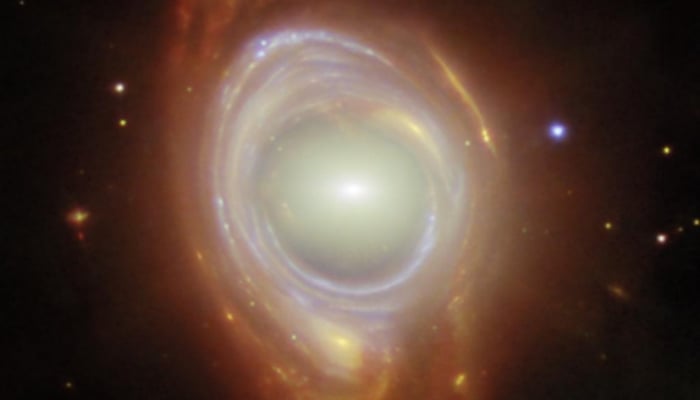

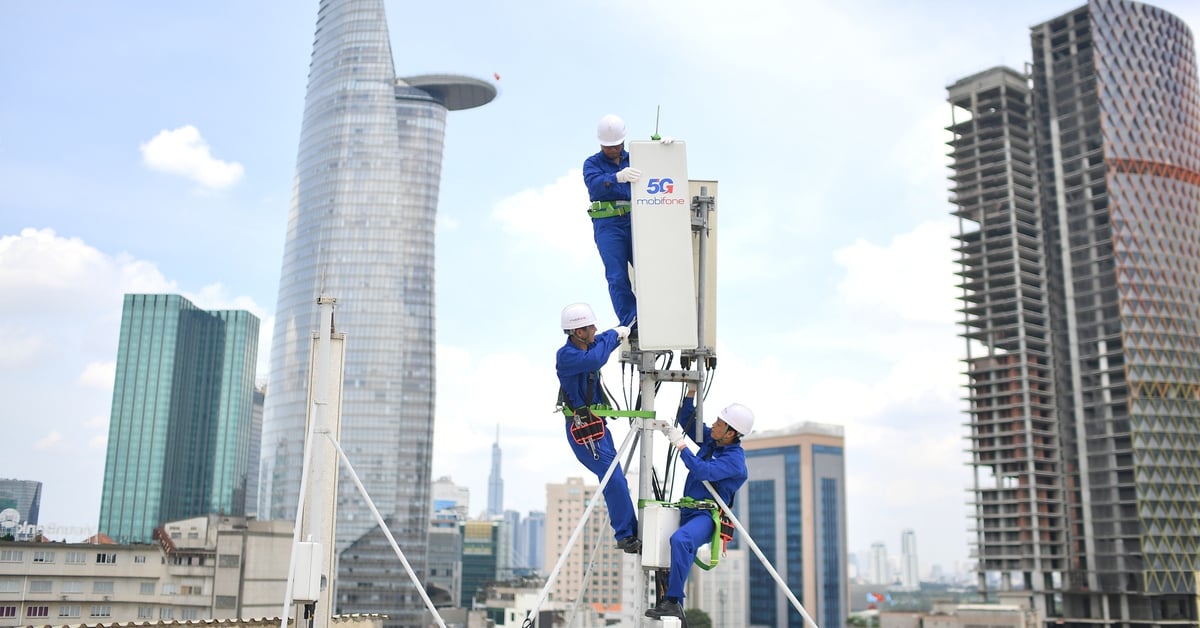

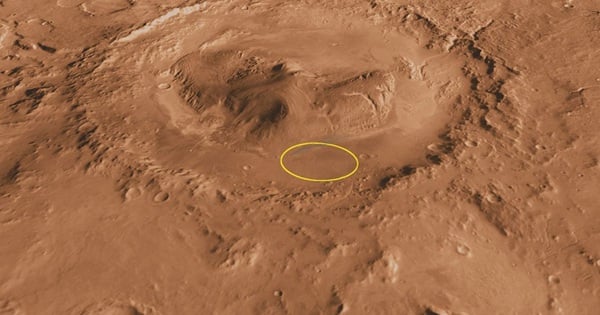

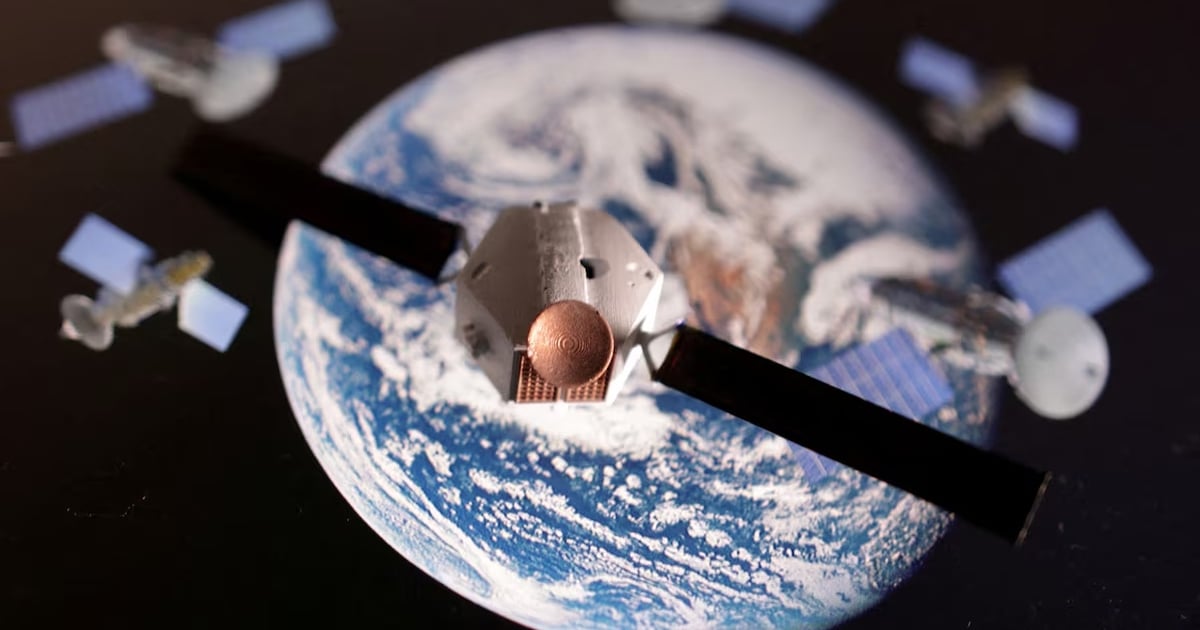

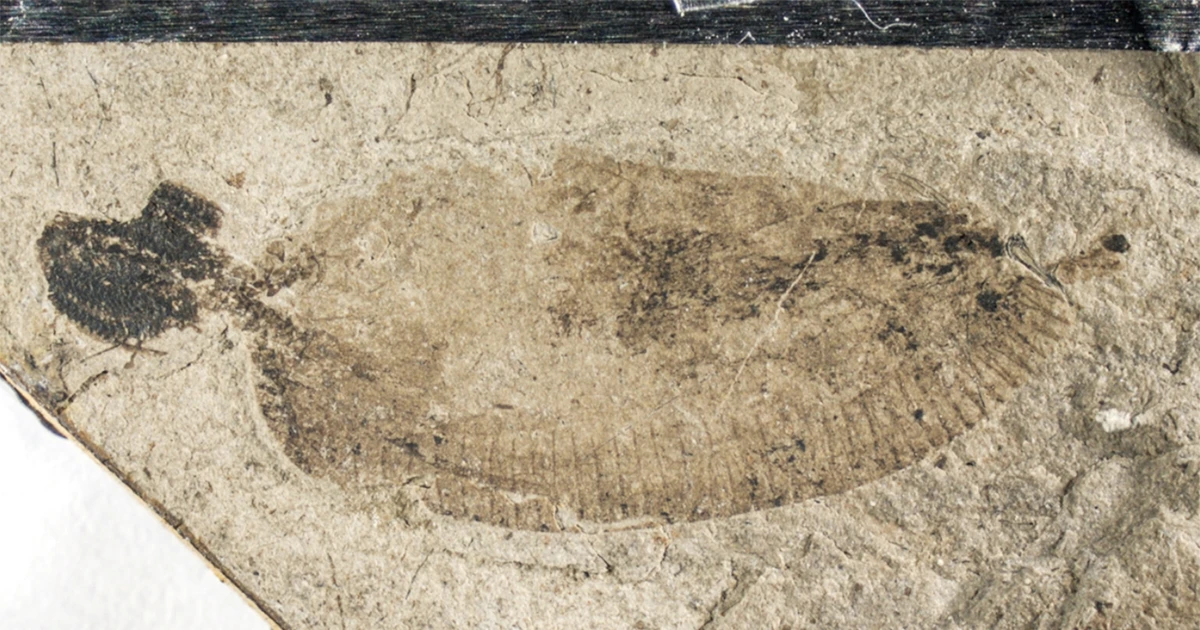

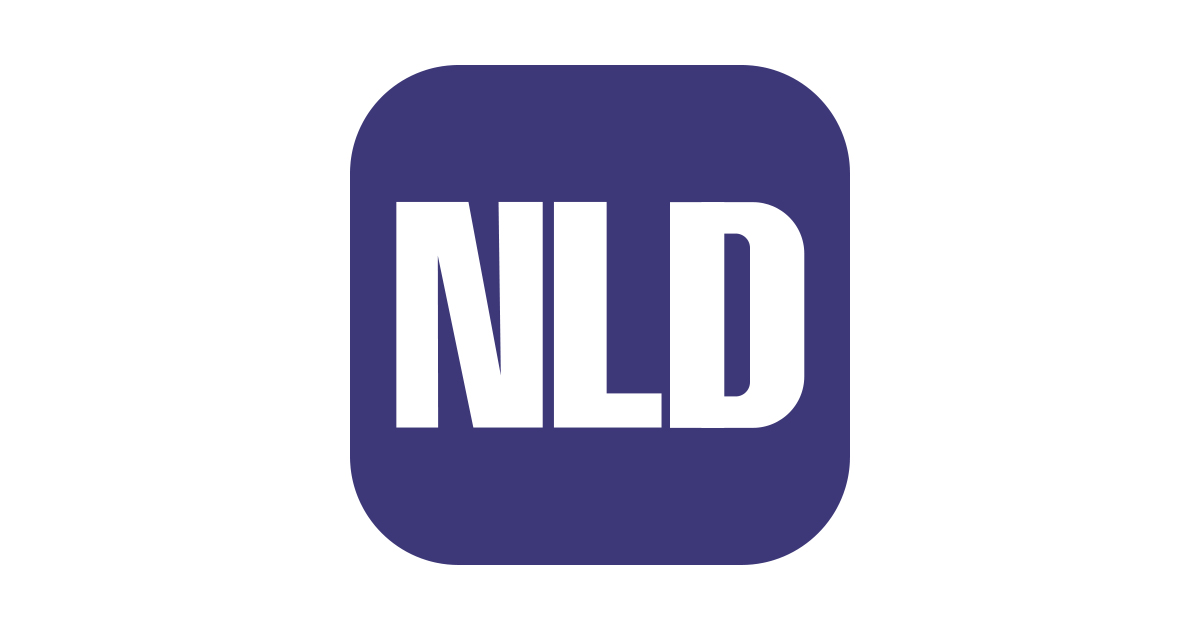
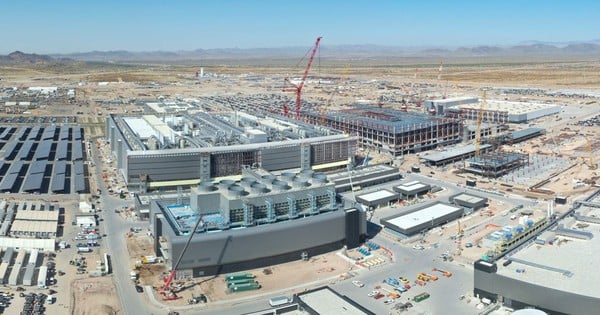











![[Photo] Overcoming all difficulties, speeding up construction progress of Hoa Binh Hydropower Plant Expansion Project](https://vstatic.vietnam.vn/vietnam/resource/IMAGE/2025/4/12/bff04b551e98484c84d74c8faa3526e0)




























































Comment (0)